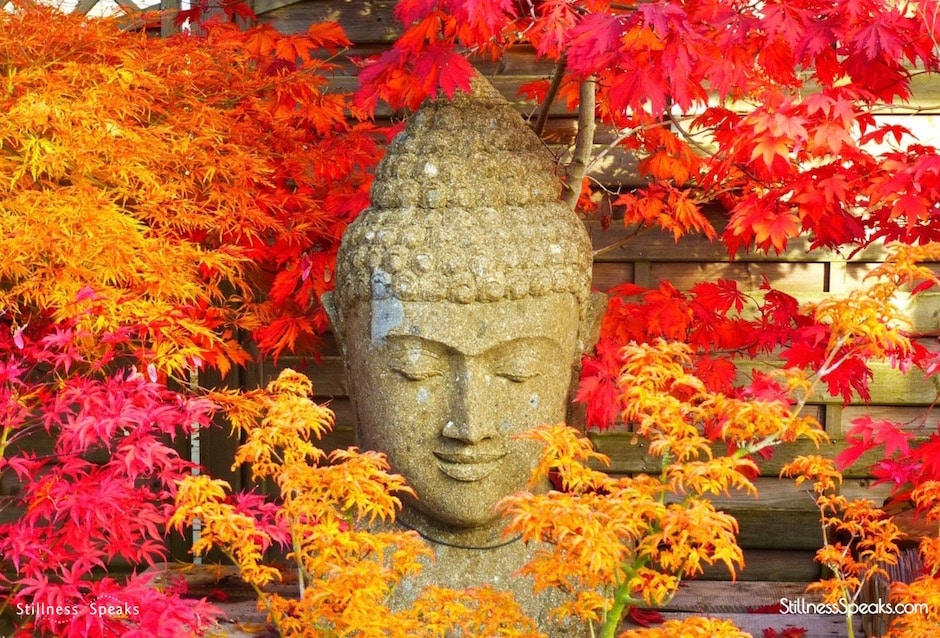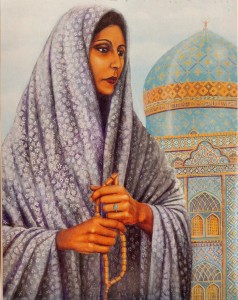Oneness in the mirroring of the Christian Mystical Renewal
Picture source is the Integral Church
-0-
Are you tuning in? “Into what should I be tuning? My answer is into the spirit of this age.
We are so fortunate to be living in this time, despite the pandemic of negatives.
For Baha’is Baha’u’llah ushered in a new age and a fulfillment of prophecies:
To ‘Israel He was neither more nor less than the incarnation of the “Everlasting Father,” the “Lord of Hosts” come down “with ten thousands of saints”; to Christendom Christ returned “in the glory of the Father,” to Shí’ah Islám the return of the Imám Husayn; to Sunní Islám the descent of the “Spirit of God” (Jesus Christ); to the Zoroastrians the promised Sháh-Bahrám; to the Hindus the reincarnation of Krishna; to the Buddhists the fifth Buddha.’
With the appearance of Baha’u’llah as Christ come ‘in the glory of the Father’ re-formations are rising in other Traditions. Outstanding people are inspired, usually unknowingly, to ‘clean out their stables’ in their religion and to restore the Christianity out of its ‘churchianity’. For them it was and remains a wake up call.
Essential in each of these blessed souls is that their lives mirror the light in response to the ‘Word’.
In the Bible the ‘word’, ’ is, according to Alan Watts, sound not words. Mystical being is closer to reverberance or resonance than to perpetually disgorging words
Einstein, also one of our great mystics, is relevant. There is the view that Energy and Matter are the Same or mass–energy equivalence.
When ordinary souls do tune in to the forces released by the most recent Manifestation, (aka as High prophet or Messenger), they receive, and can be creative with, the great positive energies that always flow into this world from the most recent Manifestation. We need to tune ourselves to filter out negative interference and enable the good energies to flow through us.
The simplest statement of pan-religious theology that I can present is; all is One, All is God, there is only one God, there is only one Holy Spirit.
That Holy Spirit is reflected preeminently by the perfect Mirrors of the Manifestations. Such Messengers have appeared approximately every 500 to 1000 years.
At the heart-centre of their Teachings is the mystical;
“We liken God to the Sun, which gives us all our life. So the Spirit of God reaches us through the Souls of the Manifestations. We must learn to commune with Their Souls, and this is what the Martyrs seemed to have done, and what brought them such ecstasy of joy that life became nothing. This is the true mysticism, and the secret, inner meaning of life which humanity has at present, drifted so far from.”
If you want a single book of all the major mystical teachings in the Baha’i Revelation go to The Call of the Divine Beloved – Selected Mystical Works of Bahá’u’lláh
Interestingly in Christian the theologian Karl Rahner said; “The Christian of the future will be a mystic or he will not exist at all.”
All of us, in some measure, are affected by the re-newal, or re-flowering within the other great religions. The energy and potential can be felt and used by all of us as individuals as well as by groups; "a rising tide lifts all boats”
Science also undergoes a re-formation. Islam at its height brought astonishing progress in the scientific and technological world that outshone the western dark ages and eventually led to our renaissance and to the mixed blessing of the Enlightenment.
All the negatives then and now can be attributed to the same lacking in individuals and institutions – the failure to realize the Oneness of God, the Holy Spirit and the Manifestation, the Perfect Mirrors and that humankind is one family.
Our true, real, mystical self needs to be prepared to say with Socrates "I know that I know nothing" is the key to diminishing destructive egotism via humility. He also of course said "The unexamined life is not worth living.
That Socratic principle is strengthened whenever we can celebrate the oneness of all paths through reverence for the unknown and unknowable Mystery of the Infinite God, instead of asserting exclusivity over some theology. “Theologians of the world may quarrel, but the mystics of the world speak the same language.”
Mysticism can be understood as maintaining the stillness and silence of not knowing!
The Institute for Mystical Experience Research & Education, IMERE, lists more than eighty examples of people who have given their stories of mystical experiences. These include; the living at the height of their influence such as Cynthia Bourgeault; the ‘recently’ deceased, such as Father Thomas Keating and Thomas Merton; poets such W B Yeats; 19thC figures such as Walt Whitman and so on.
I’m inspired by Matthew Fox best known for Creation Spirituality. He points to the “ground of being” as a vital turning point in theology for all people – Christians and those of other traditions.
Fox has taught a lot about Thomas Merton, a much-loved and revered Christian who extended his heart and mind into dialogues with people of many traditions. HERE
I take delight, with Fox, that the great Vietnamese zen master Thich Naht Hanh says the ‘ground of being’ is his favorite name for God. He was a close friend of Merton.
In his essay “Buddhism and the Modern World,” published in Mystics & Zen Masters in 1961, Merton applauds Zen scholar D. T. Suzuki who taught that the “True Self” is the formless, original mind. Merton explicitly compared this concept to that of the Godhead in Meister Eckhart.
He explains Suzuki’s use of the word ‘mind’ in Zen as not meaning;
. . . the intellectual faculty as such but rather what the Rhenish mystics [including Eckhart] called the ‘ground’ of our soul or of our being, a ‘ground’ which is . . . enlightened and aware, because it is in immediate contact with God.
Merton credits Suzuki with “obviously thinking of Eckhart” when Suzuki talks of the light of Prajna penetrating “the ground nature of consciousness” and illuminating things inside and outside.
. . . metaphysical intuition of Being . . . an intuition of a ground of openness, indeed of a kind of ontological openness and an infinite generosity which communicates itself to everything that is.
‘The good is diffusive of itself,’ or ‘God is love.’ Openness is not something to be acquired, but a radical gift. In other words grace.
In contrast to God as object, and the idols that result from that consciousness, Merton saw another option:
Another, metaphysical, consciousness is still available to modern man and woman. It starts not from the thinking and self-aware subject [that is, not from anthropocentrism] but from Being, ontologically seen to be beyond and prior to the subject-object division.
Underlying the subjective experience of the individual self, there is an immediate experience of Being. This is totally different from an experience of self-consciousness. It is completely non objective. It has in it none of the split and alienation that occurs when the subject becomes aware of itself as a quasi-object. The consciousness of being (whether considered positively or negatively and apophatically as in Buddhism) is an immediate experience that goes beyond reflexive awareness. It is not ‘consciousness of’ but pure consciousness, in which the subject as such ‘disappears.’
Matthew Fox’s videos on his YouTube channel are HERE. Some Merton books are available online HERE
Have you had a ‘Ground of Being’ experience of immediate contact with God, and immediate experience of Being? If so, how did it transform your view of the world and your place in it? You can report such experiences anonymously on IMERE HERE
Matthew Fox’s comprehensive translation of Meister Eckhart’s sermons is a meeting of true teachers across centuries, resulting in a spirituality for the new millennium – HERE.
The holiness of creation, the divine life in each person and the divine power of our creativity, our call to do justice and practice compassion.
"All these studies," wrote Merton, "are united by one central concern: to understand various ways in which men of different traditions have conceived the meaning and method of the ‘way’ which leads to the highest levels of religious or of metaphysical awareness." See his message
Cynthia Bourgeault is possibly the greatest spiritual teacher of this time. She is a modern-day mystic, Episcopal priest, and theologian. She has evolved her teaching through a long series of books culminating in Eye of the Heart i
In Eye of the Heart, Cynthia Bourgeault investigates the imaginal realm – an energetic realm well known to the mystical traditions but often forgotten in our own times – it’s the most challenging and exhilarating multi-sphere set teachings I have engaged with, outside of Baha’i.
“It is only with the heart that one can see rightly; what is essential is invisible to the eye.” In Lakota language cante ista means “the eye of the heart.”
Whether we are from a Christian background or some other background the benefits are legion if we tune in to the positive reformations within major faith communities.
-0-
























